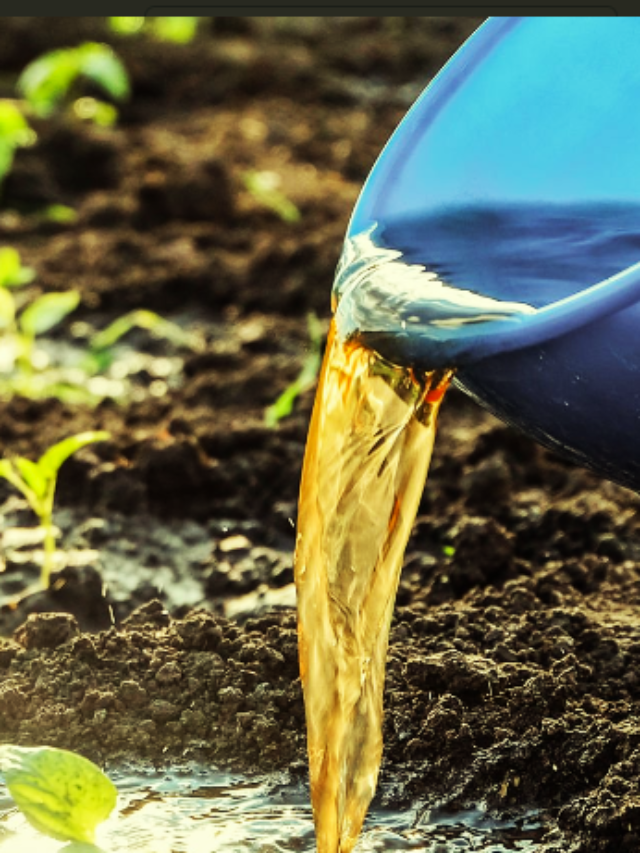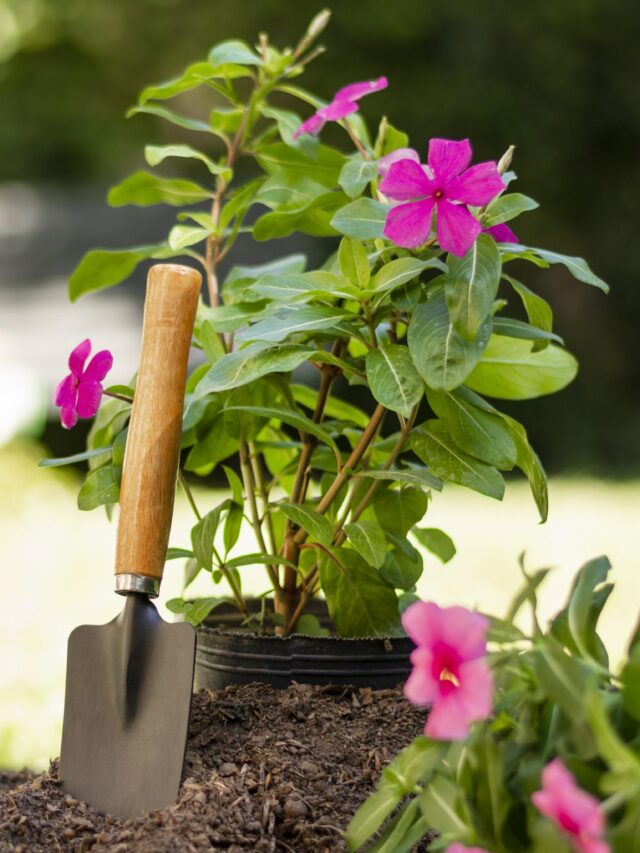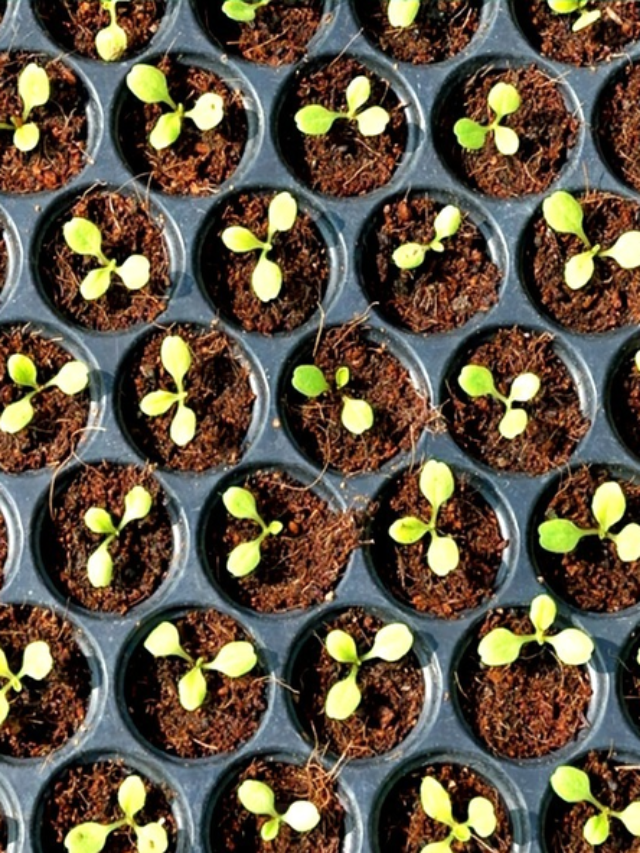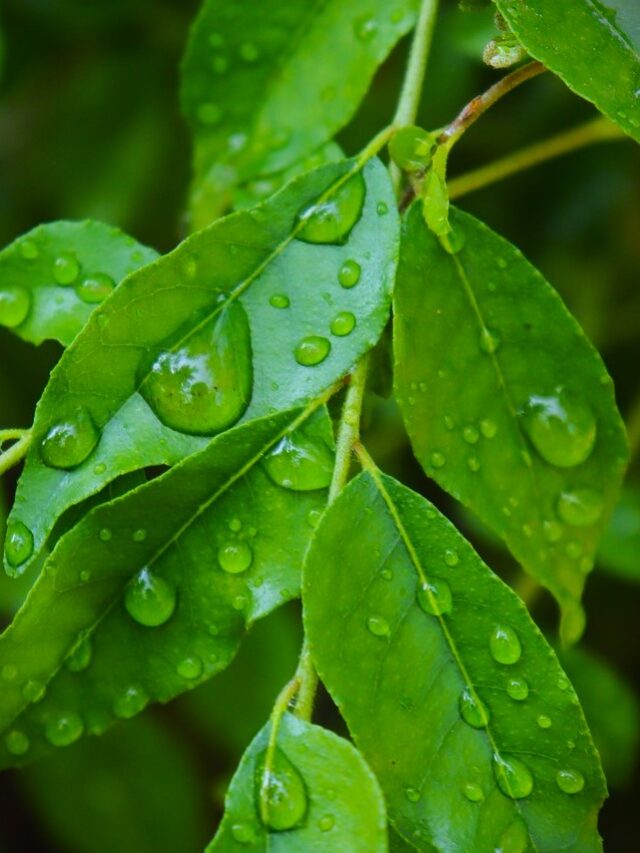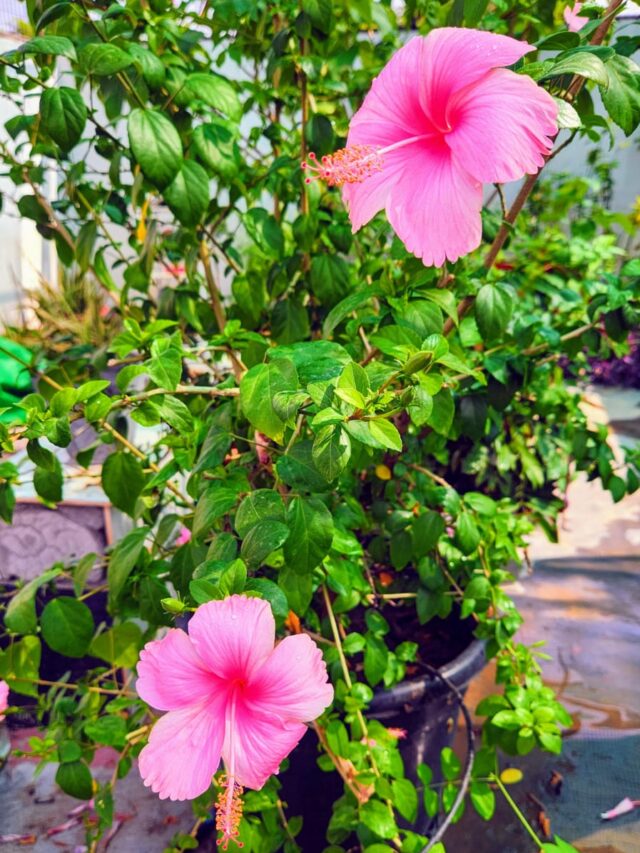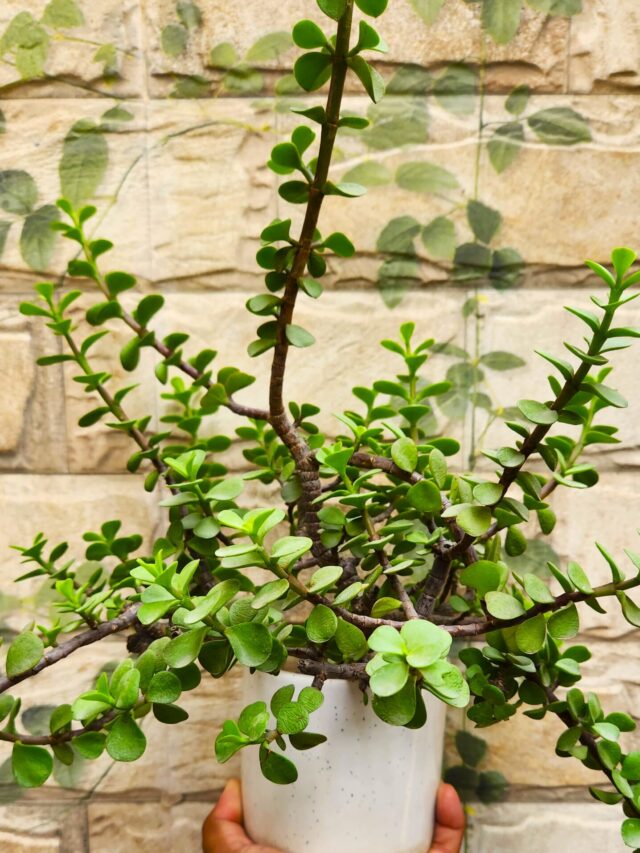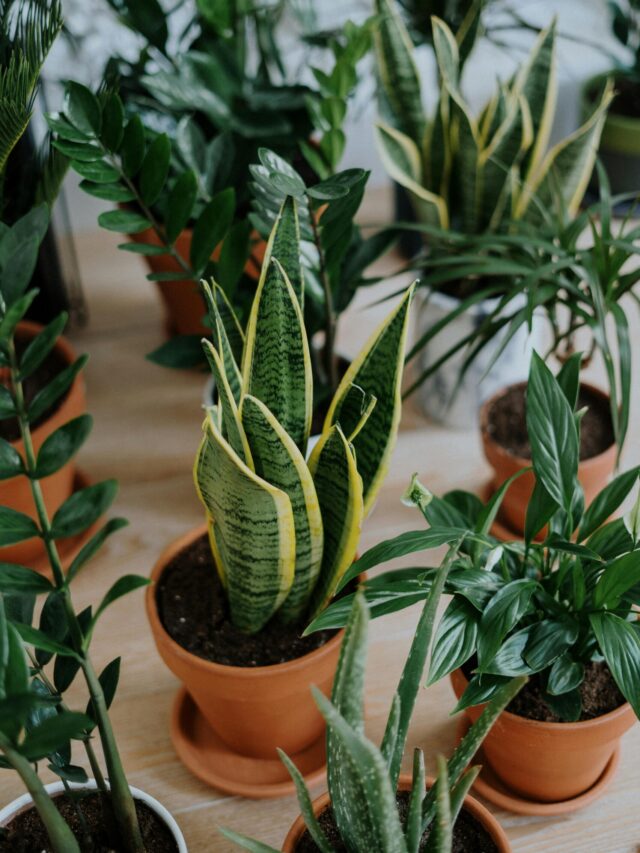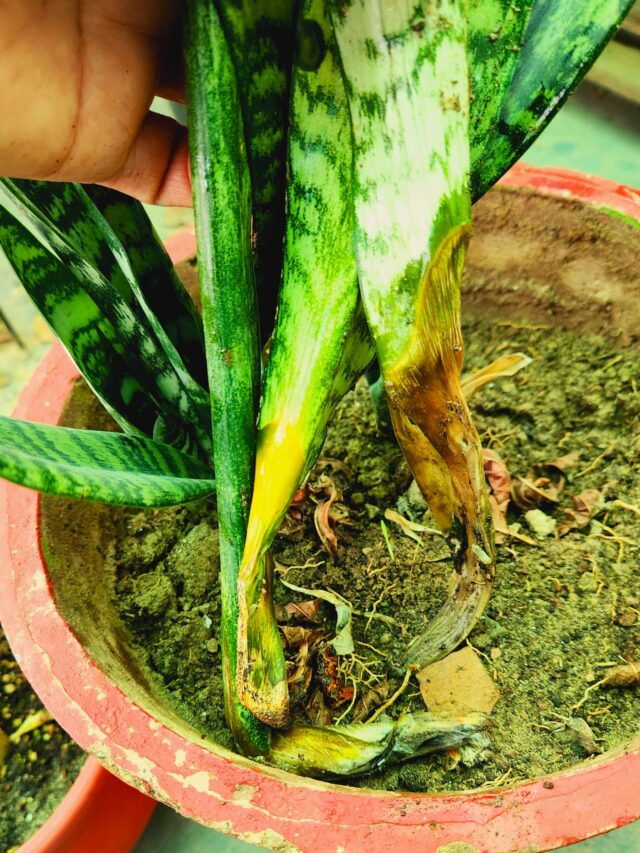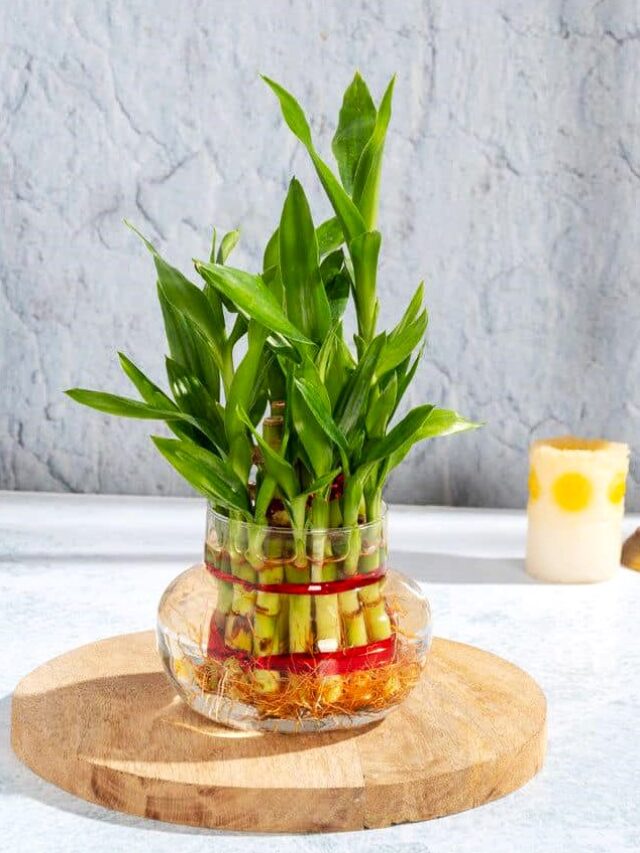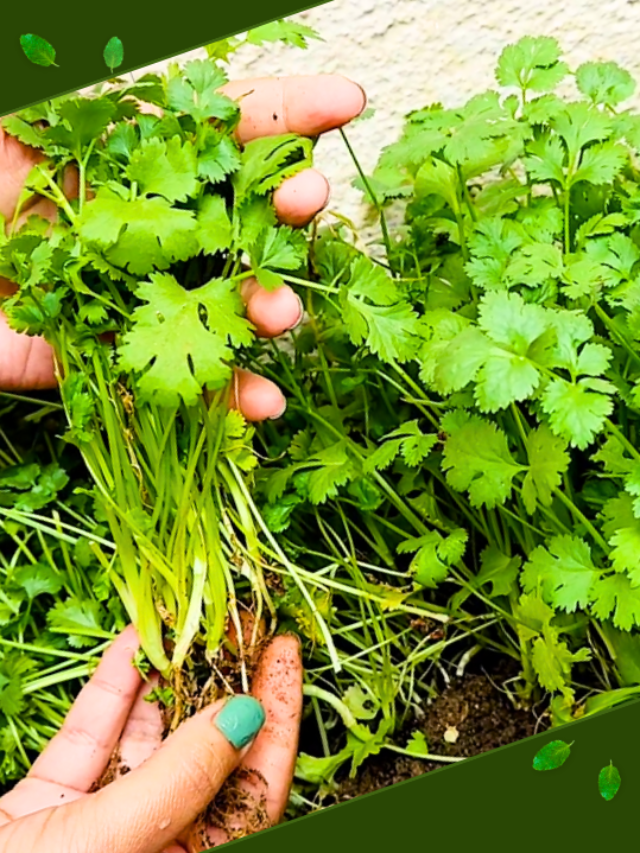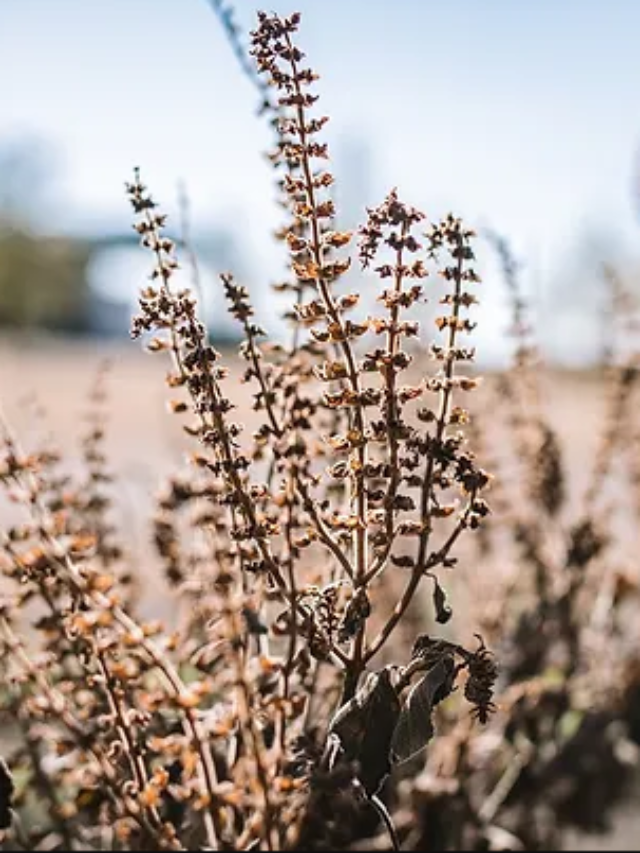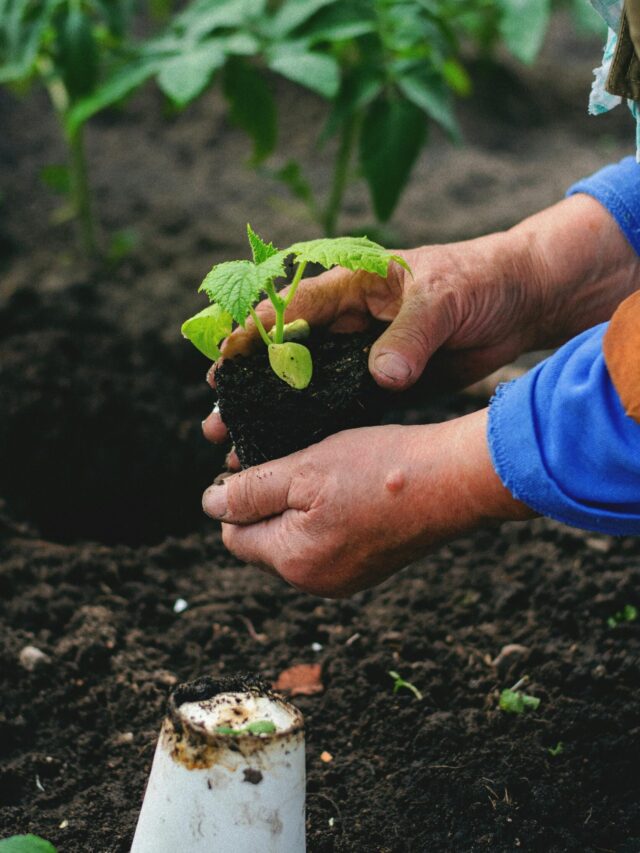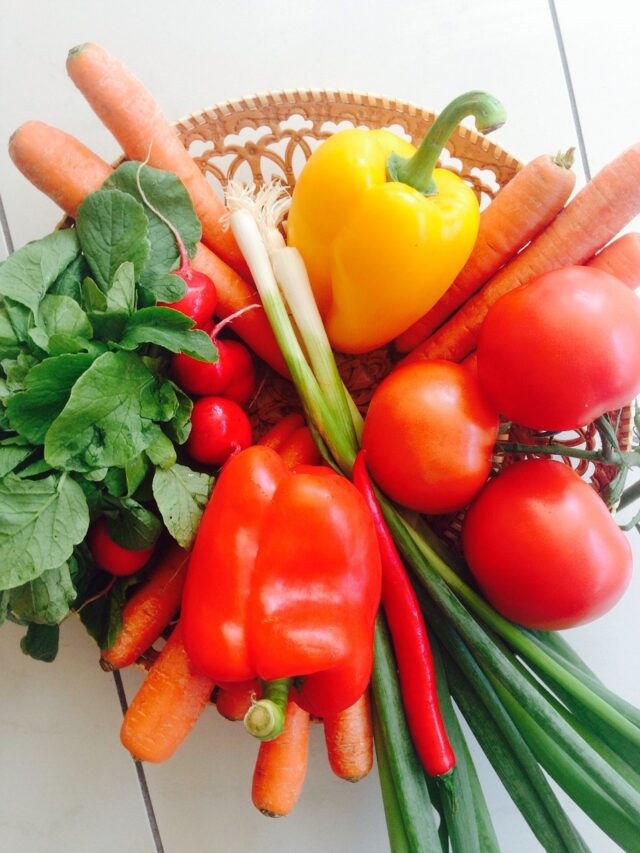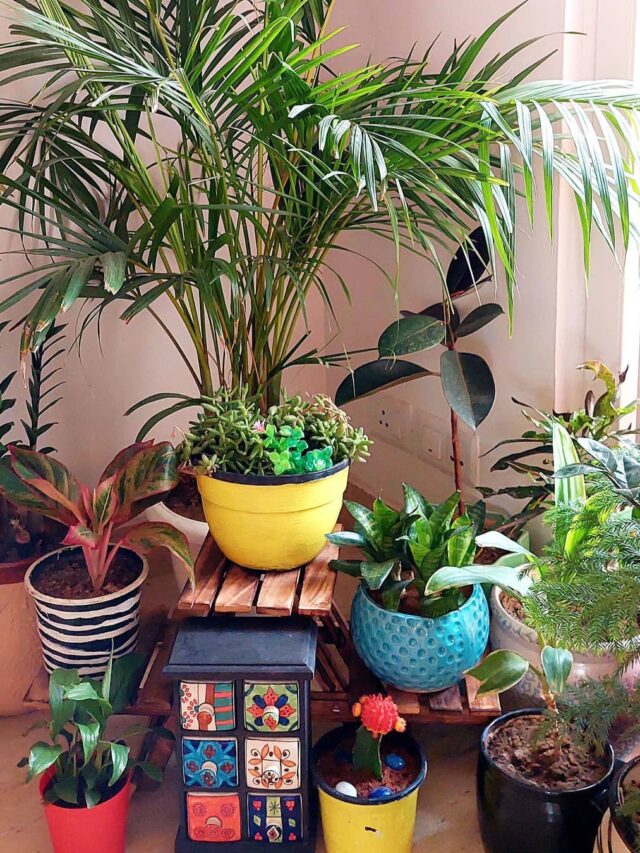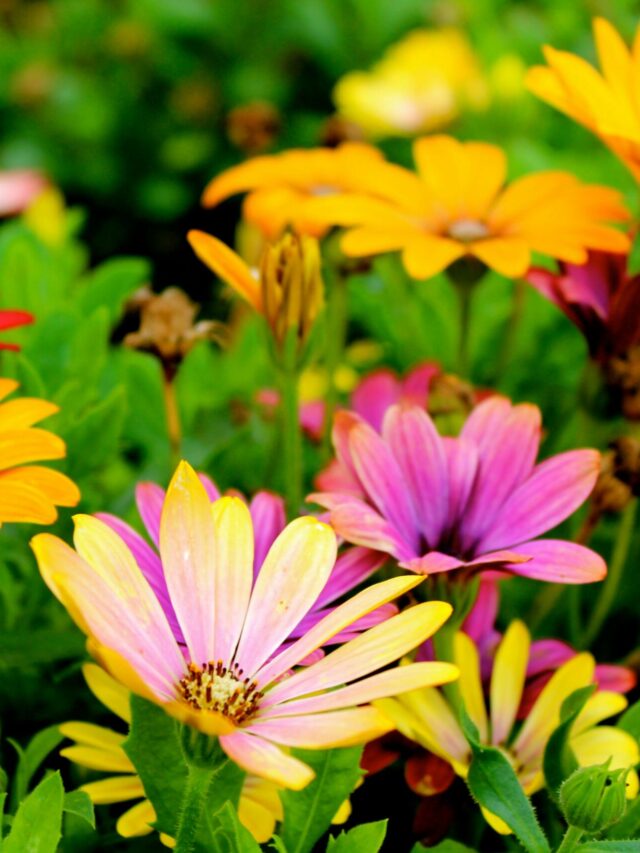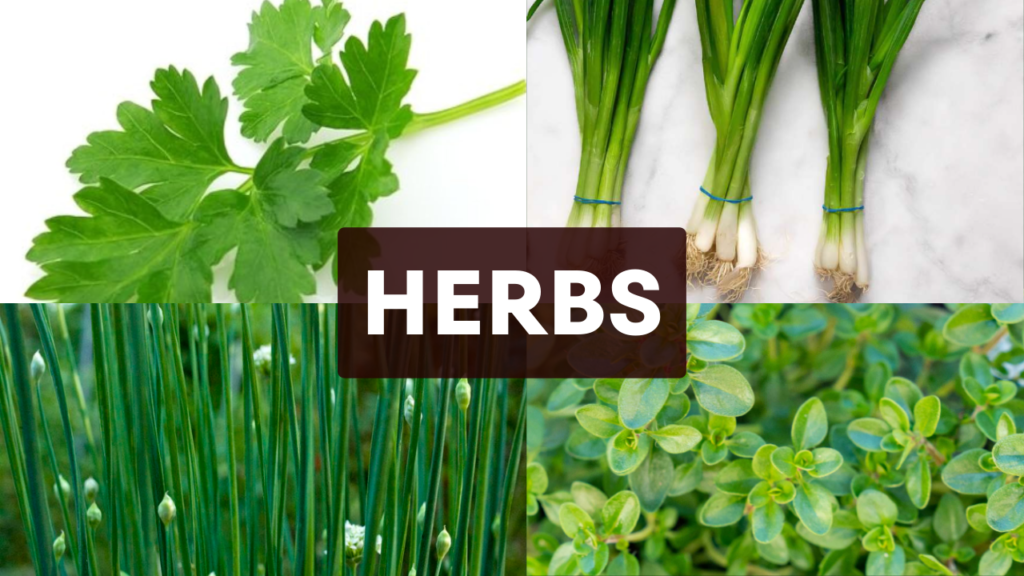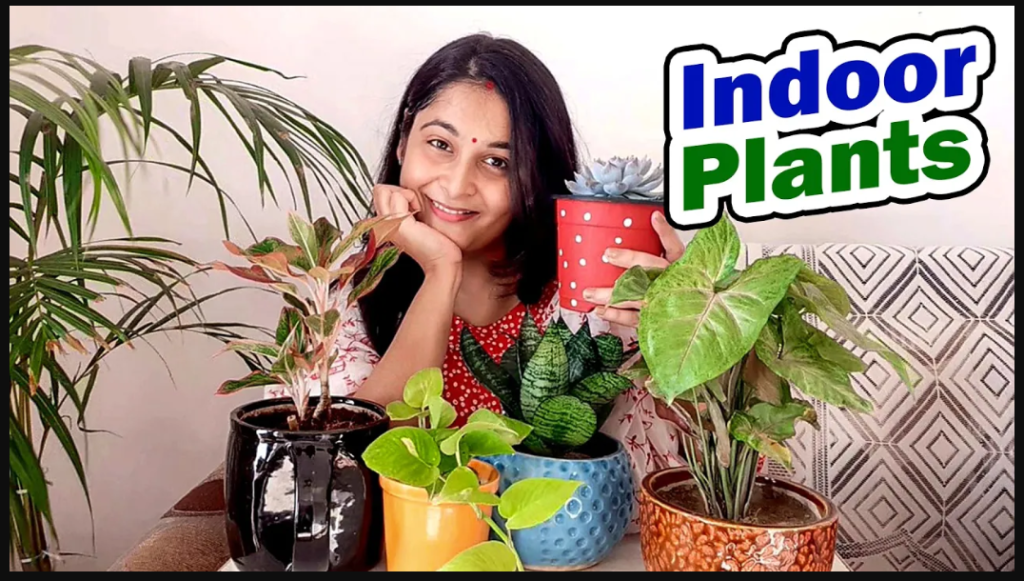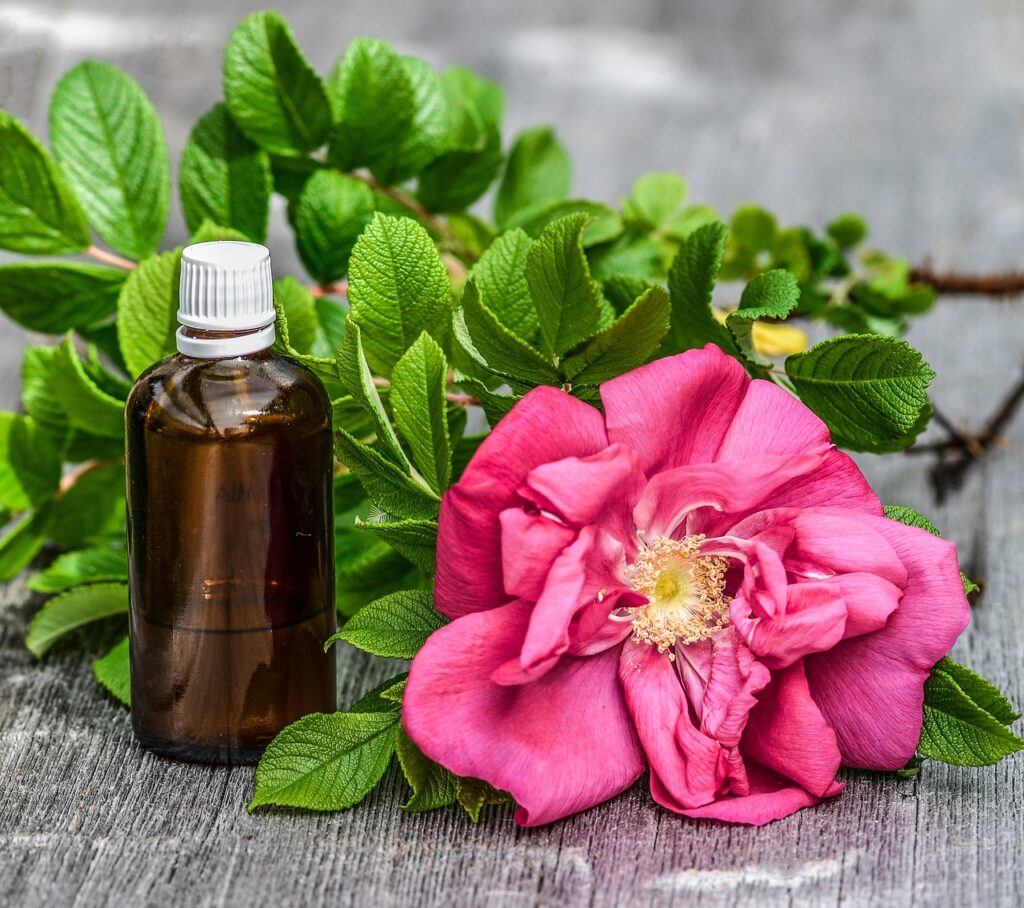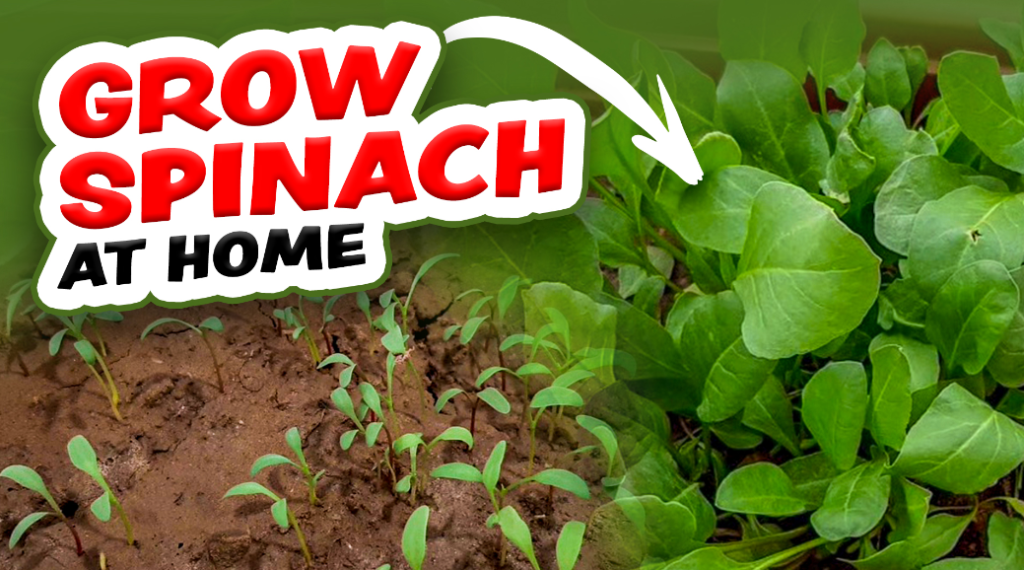The magnetism of fresh herbs is undeniable. Not only do they elevate the flavours of our culinary creations, but they also come packed with health benefits. Imagine stepping into your balcony or terrace garden and plucking fresh herbs for that evening tea or aromatic curry.
Growing herbs at home is a delightful journey that connects us with nature’s bounty. Below is the list of herbs which you can grow at home.
1. Tulsi (Holy basil)
2. Curry leaves
3. Mint
4. Coriander
5. Lemongrass
6. Thyme
7. Parsley
8. Chives
9. Ajwain plant
10. Green Onion
Let’s explore ten herbs that bringing freshness and flavour to your doorstep.
10 Herbs Easy to Grow at Home
1. Tulsi (Holy Basil)
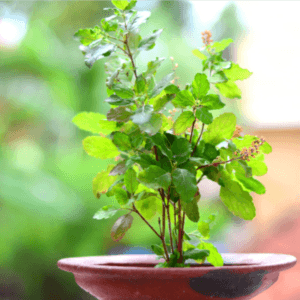
Tulsi (Holy basil) is a summer plant and well-suited for cultivation in warm seasons. Tulsi leaves are used into teas or beverages to add a unique herbal flavor.
Tulsi plant requires well-drained soil and ample sunlight, making it a perfect fit for home garden.
Click here to read step by step: How to grow Tulsi from seeds at home
Medicinal benefit: Tulsi is admired for its medicinal properties. Rich in antioxidants, this sacred herb is easy to grow. Regularly used in Ayurvedic preparations.
2. Curry leaves

The curry leaf is a wonderful addition to kitchens, appreciated for both its delightful fragrance and taste. It serves as a useful herb, commonly found in many households.
It is a plant that thrives in the summertime, flourishing effectively from February to October.
This plant thrives in abundant sunlight, requiring approximately 5-6 hours of exposure each day. However, it does not demand excessive watering.
Medicinal benefit: Curry leaves serve as a rich source of vitamins A, B, C, and E, delivering crucial nutrients essential for overall health. Furthermore, the consumption of curry leaves may play a role in maintaining healthy cholesterol levels, promoting overall heart health.
3. Mint (Pudina)
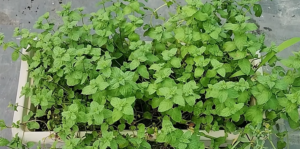
Cool and refreshing, mint is a must-have herb for every kitchen. Mint is used for various culinary and medicinal purposes.
- Mint adds a refreshing and aromatic flavor to a wide range of dishes, including salads, beverages, desserts, and main courses.
Mint thrives in moist soil and partial shade, which makes it ideal for pots or hanging baskets.
Click here to read step by step: How to grow Mint at home
Medicinal benefit: Mint has several potential health benefits, such as; help ease nausea and motion sickness, good source of antioxidants, which help combat oxidative stress in the body, its ability to soothe indigestion and alleviate digestive discomfort.
4. Coriander (Dhaniya)

The vibrant green leaves of coriander are a staple in Indian cuisine. From garnishing curries to flavouring dals and chutneys its uses are countless.
Coriander grows best in well-drained, loamy soil and prefers cool conditions, making it a winter favourite in many Indian regions.
Click here to read step by step: How to grow Coriander at home
Medicinal benefit: Also, coriander has several potential health benefits, such as: natural antibacterial properties, potentially contributing to overall immune health.
5. Lemongrass (Gavati Chaha)

A fragrant addition to soups, teas, and curries, lemon grass thrives in India’s warm climate. Its citrusy aroma and flavour make it a refreshing choice for homemade teas.
Lemongrass, also known as Gavati Chaha, is typically grown in the warm seasons, particularly during the summer.
It thrives in a tropical or subtropical climate and requires well-drained soil and ample sunlight for optimal growth.
Medicinal benefit: Lemongrass offers various potential health benefits, including; it promote a healthy digestive system, rich in antioxidants, it has natural antibacterial and antifungal properties, contributing to overall immune support.
6. Thyme

Thyme is a fragrant herb that belongs to the mint family (Lamiaceae) and is known for its aromatic leaves. Thyme is a flavorful herb that not only enhances the taste of dishes but also offers potential health benefits.
Thyme thrives in well-drained soil and prefers full sunlight. It is a hardy perennial plant and can be grown in gardens or containers.
Medicinal benefit: Thyme has been traditionally used for its medicinal properties. It contains compounds with potential antibacterial, antifungal, and antioxidant effects. Thyme tea is sometimes used to alleviate respiratory issues.
7. Parsley
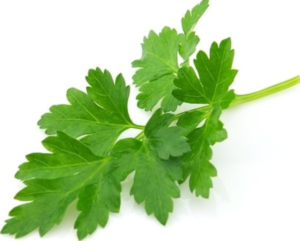
Parsley is a versatile herb with a mild, fresh flavor and is widely used in culinary applications. It is used as a garnish and ingredient in a variety of dishes, including salads, soups, stews, and sauces.
Parsley is relatively easy to grow and can thrive in containers or in ground. It prefers well-drained soil and partial to full sunlight.
Companion Plant: Parsley is sometimes used as a companion plant in gardens. Its strong scent is believed to repel certain pests, making it a beneficial addition to vegetable gardens.
Medicinal benefit: Parsley is rich in vitamins, particularly vitamin K, vitamin C, and vitamin A. It also contains antioxidants and minerals such as iron and calcium.
8. Chives
A close relative of onions and garlic, chives give a mild onion flavour. They thrive in well-drained soil and require moderate sunlight.

Chives are commonly used as a fresh herb in cooking. They are particularly popular in salads, soups, sauces, and as a garnish for various dishes. Due to their mild flavor, they complement a wide range of foods.
Chives are easy to grow and can thrive in a variety of conditions. They prefer well-drained soil and partial sunlight.
They are often cultivated in home gardens and are a popular herb for indoor container gardening.
Medicinal benefit: Chives are low in calories and rich in vitamins and minerals, including vitamin C, vitamin K, and folate. They also contain antioxidants.
9. Ajwain plant (Mexican mint)

The Ajwain plant, alternatively called Mexican mint or Indian Borage, shares both the aroma and taste of carom seeds. In fact, a simple touch can reveal its identity as an oregano plant.
The leaves of the Ajwain plant, known as oregano, are not only used in pizzas but also has numerous benefits. You can create homemade oregano by drying the leaves of the Ajwain plant.
This plant tends to bloom more during the summer, as it is well-suited for warmer seasons.
It thrives with a sunlight requirement of 1-4 hours maximum, not exceeding this duration.
Click here to read step by step: How to grow Ajwain Plant at home
Medicinal benefit: The Ajwain plant is rich in many nutrients such as protein, carbohydrates, fiber, sodium, potassium, calcium, phosphorus, iron, and thiamine, due to which it is used as a medicinal plant.
10. Green Onion

Green onion leaves, also known as scallions or spring onions. Green onion leaves are not only a flavorful addition to a wide range of dishes but also contribute essential nutrients to a balanced diet.
Green onions are easy to grow and can be cultivated in gardens or containers. They prefer well-drained soil and partial sunlight.
Medicinal benefit: Green onion leaves are low in calories but rich in vitamins and minerals. They contain vitamin K, vitamin C, vitamin A, and various B vitamins. They also provide folate, potassium, and fiber.
——————————
Growing herbs at home is a rewarding experience that brings nature’s freshness to your doorstep. From the sacred Tulsi to the versatile mint and the aromatic oregano, these ten herbs offer a symphony of flavours and fragrances.
Also read:
9 Plants You Should Grow at Home
Happy Gardening!!
